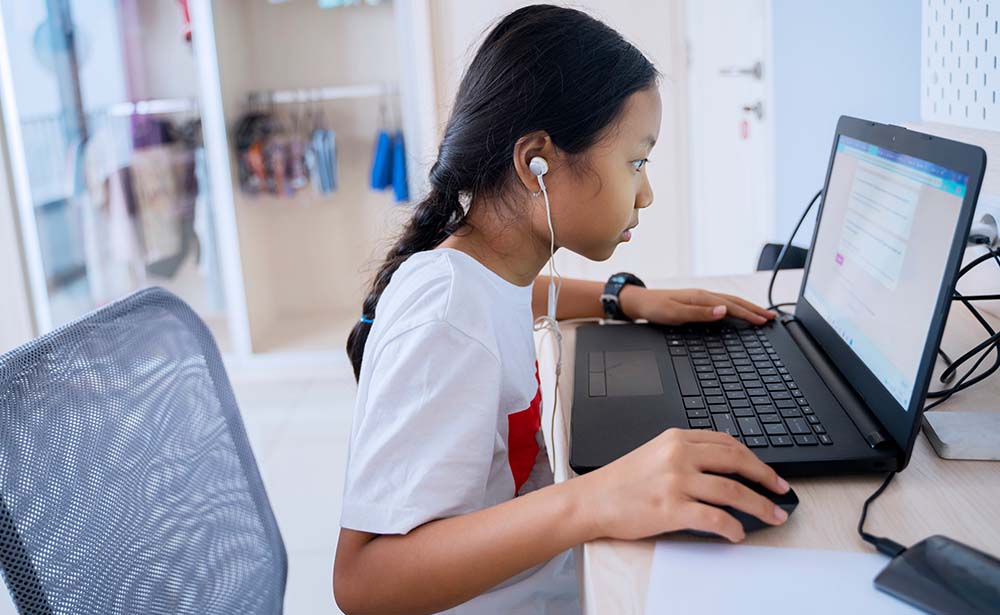The Corona pandemic has redefined the world in ways human beings did not think imaginable. In particular, the field of academia has had to adapt to the many challenges that came with the pandemic. As a result, some revolutionary solutions and websites have emerged. In addition, academic institutions guarantee continued learning with bold new technologies that have rendered classroom learning almost irrelevant. Although, as a result, life is gradually getting back to normal, new challenges that arose from the pandemic are getting addressed much faster now.
Lockdowns
One of the biggest challenges of studying during the Corona pandemic was the institution of lockdowns and quarantines in areas where the virus was prevalent. As a result, many academic institutions had to shut down to avoid the mass spreading of the virus, temporarily paralyzing learning. To handle this problem and ensure the resumption of learning, academic institutions had to host their classes online or conduct them via conferencing software like Zoom. Even though many institutions have resumed physical classes, online classes are still a constant feature in schools.
Mental Strain
Lack of social interactions and access to social spaces contributed to the mental strain on many students. It caused many of them to struggle academically when online classes were instituted. Since good mental health is a crucial determinant of academic success, many students dropped out of learning programs because of mental breakdowns. To handle this problem, national, state, and localized hotlines for mental health have been established. These services are offered over conferencing software, and they have helped offer emotional support for many students.
Technology Breakdown
The surge of human traffic online in the Corona pandemic brought with it the challenge of technology breakdowns. Many online and virtual infrastructures were not built with the robustness to handle the many students’ upsurge who had to go online to continue with their studies. The resultant technological breakdowns caused constant interruptions to education. To sort these challenges, virtual platforms strengthened their technology, and they have also added lots of new functionalities that have made sure that students can seamlessly engage in learning.
Internet Connectivity
Many regions globally have poor internet connectivity, which poses a real challenge for learning during COVID-19. With most learning institutions hosting their learning online, many students face numerous challenges connecting to the internet. That interrupted studies in many regions and frustrated the efforts of many schools trying to continue learning virtually. As a result, companies like Google got into partnerships with third-world nations to enhance internet connectivity to deal with this challenge. As a result, more students are connected to the internet globally.
In conclusion, the Corona pandemic has altered the way learning institutions, educators, and learners engage in academia. From online classes to virtual internships, new technologies have been adapted to academic curriculums to ensure students are still learning even as the pandemic rages. Therefore, the pandemic has resulted in some incredible advancements in the educational sector. As life gets back to normal, every new challenge in learning gets educators and institutions more prepared, ensuring students can study seamlessly.
